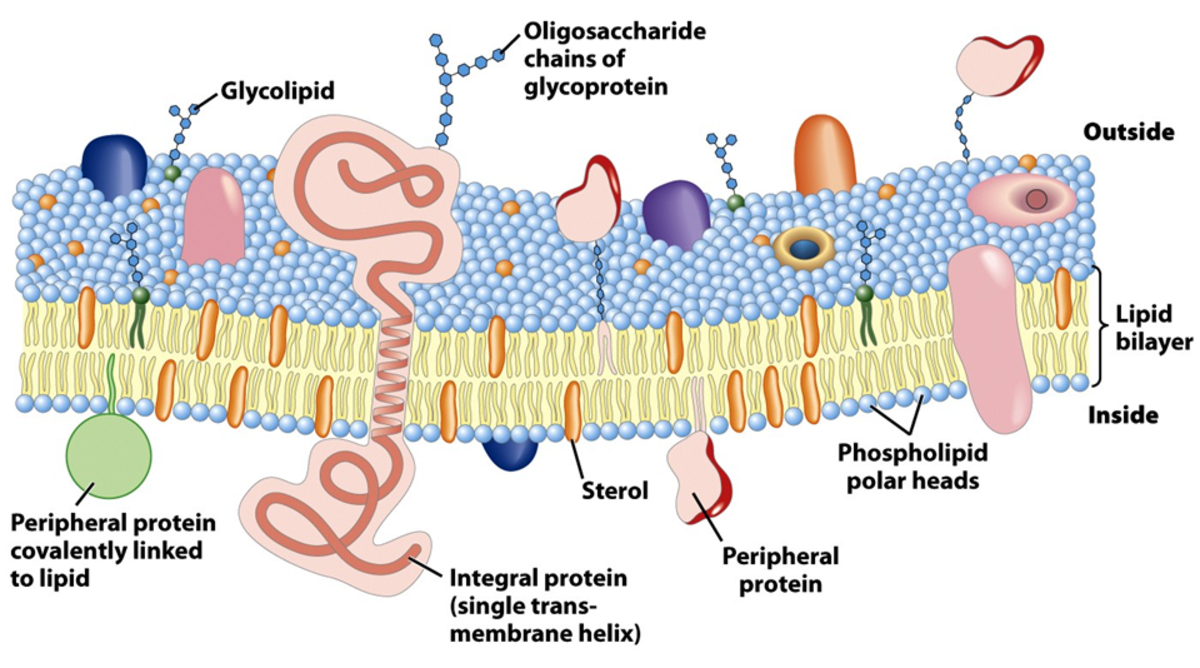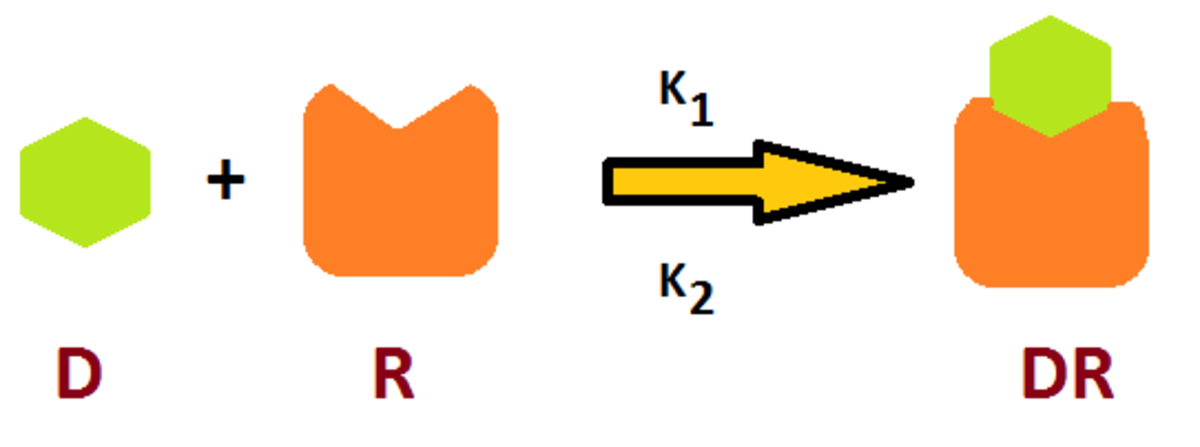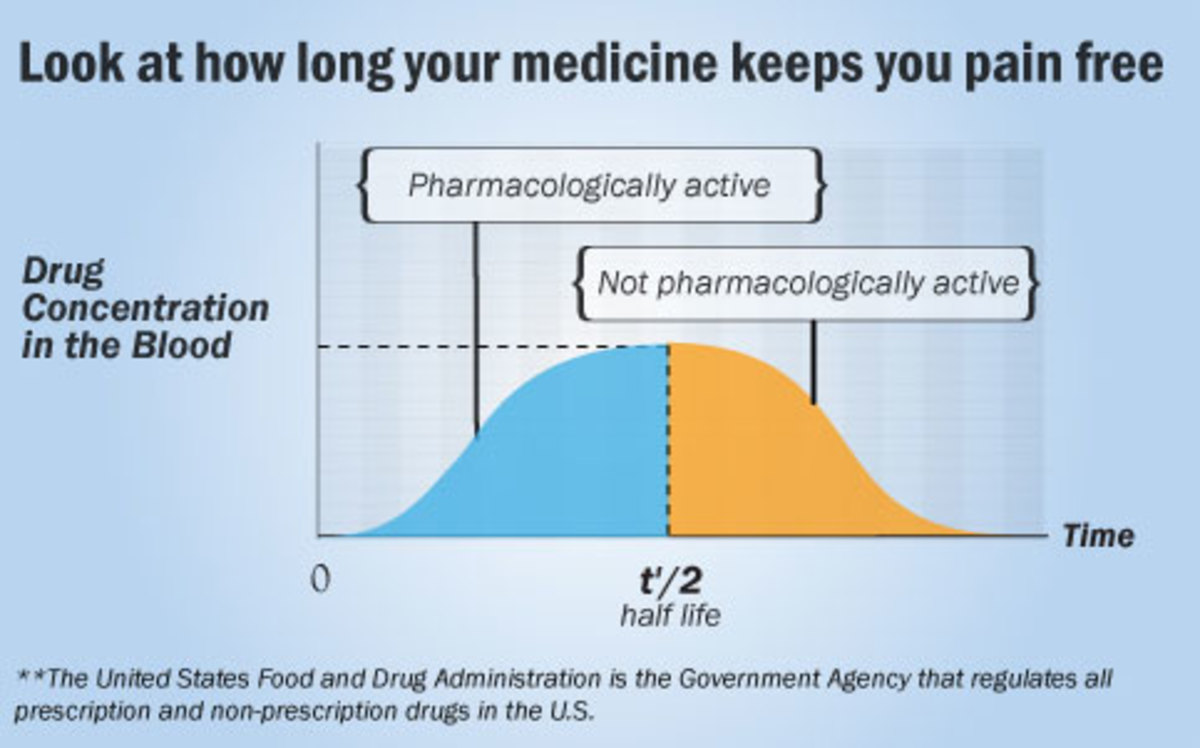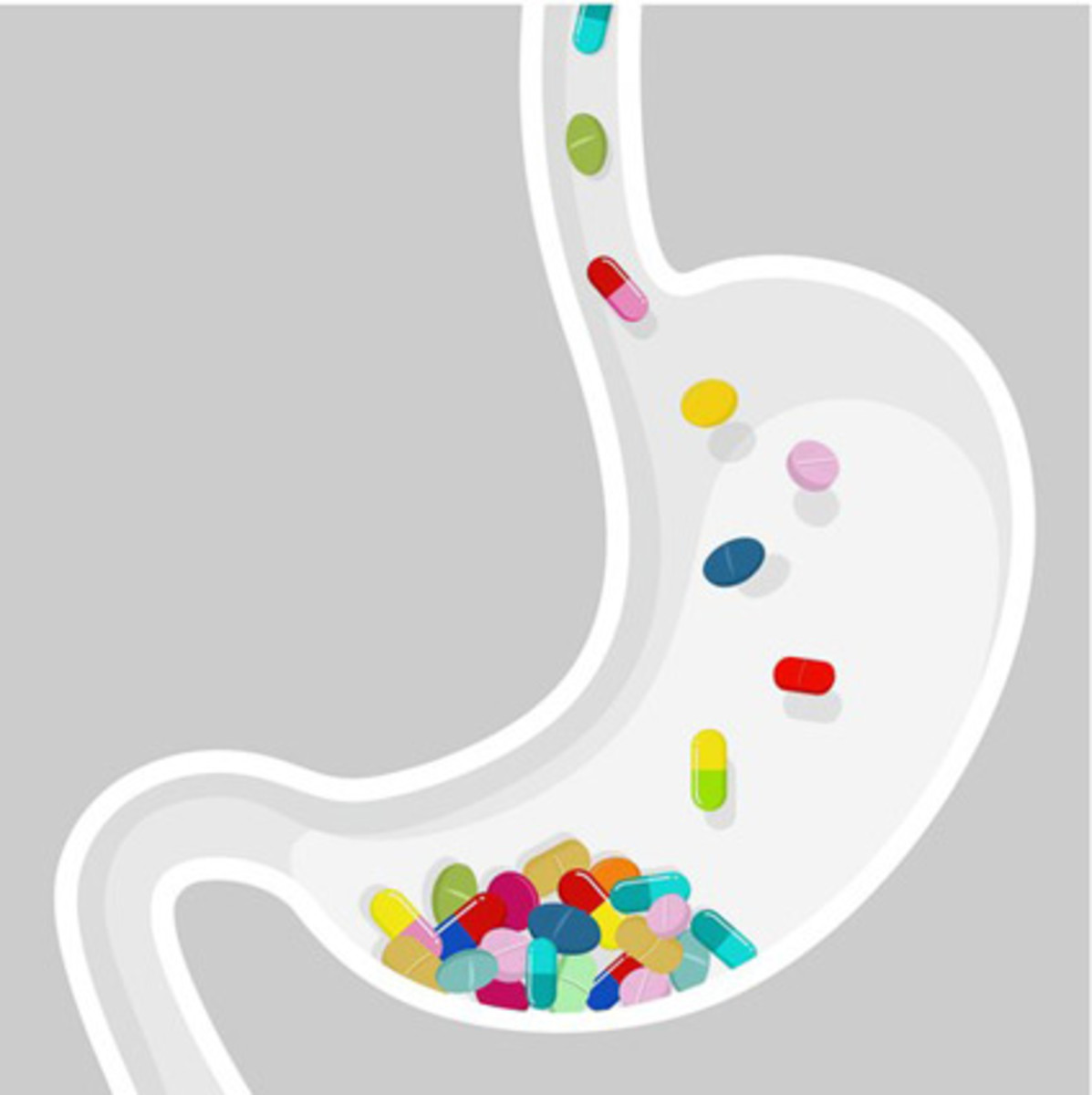Microbiological assay: Its Definition Uses and methods
Why are microbiological assays necessary
Drugs like antibiotics, anti-fungals and anti-protozoans are highly specific for a set of microorganisms.
They can be effective against one microbe and ineffective on other.
Hence, before administering to a patient, they are tested for their effectiveness by use of microbiological assays.
They are routine procedure used in industry, quality control and research. For this purpose, there are even special microorganisms maintained by the government institutes.
Microbial assays or microbiological assays is a type of bioassay and are designed to analyze the compounds or substances which have effect on micro-organisms.
Microbial assay Definition: Microbiological assay is defined as the determination or estimation of concentration or potency of an antibiotic by means of measuring and comparing the area of zone of inhibition or turbidity produced by test substance with that of standard over a suitable microbe under standard conditions.
Hypothesis: So as definition says the hypothesis is that when an antibiotic is administered, there is inhibition in the growth of microbe as indicated by decrease in area of zone of microbial colony on nutrition media or decrease in turbidity due to decrease in microbial concentration.
Uses of microbial assay:
1. They help to estimate concentration: Concentration indicates the amount of substance in a given weight of sample. The more the molecules of a substance, the more is the concentration for given weight and vice-versa. This estimate can also be done by use of other methods like spectroscopy, HPLC etc. But since the substances like antibiotics act on microbes, this microbiological assay can also be used.
2. Determine the potency of anti-biotics. Potency indicates how effective is the substance cause an effect on the living being. One anti-biotics can definite number of microbes at little concentration. While other one can kill the same number of microbes at higher concentration. So the potency of the first is stronger than the latter.This estimation is possible only by use of microbiological assays.
3. Help in determination of the best anti-biotic suitable for patient recovery. When a person is infected with a microbe. He is given anti-microbial drugs. But not all the patients respond similarly to the drug. This is because of many factors and one of them is the resistance of microbe to that drug. Then the patients phlegm or urine is examined by biosaay to find the most effective antibiotic. The microbiological assay is done by using different anti-microbials on the patient serum or urine. The one which shows better effect on the microbe is selected for treatment. This determination is possible by immune assays like ELISA test for some diseases.
Books on microbiological assay

Microbial assays methods
Basically there are two methods of microbiological assays analogous to cell based assays
1. Agar Plate method
2. Turbidometric method
Agar Plate method : In this method the specified microbes are suspended in suitable & sterilized nutrition media. The this nutrition media with microbes is poured into a petri-dish and allowed to incubate at suitable temperature. This supports the growth of microbes exponentially.
The suitably cut circular filter paper pieces are immersed in the anti-biotic solutions of both test and standard. Then the pieces are placed on the microbial nutritional media all over with suitable gaps in between and incubated again.
After specified time of incubation the plates are removed and the diameter of the zone of inhibitions of test and standard samples are measured.
By comparing the areas of zone of inhibition of test with standard the concentration and potency of test samples are determined.
Sputum culture
Bioassay definition, uses and methods.
- What is Bioassay: Definition, its Uses & Method-Video Demo of Bioassays
Bio assay is an assay designed to analyse any compound by use of a suitable biological system like animals, tissues, microbes etc.
Turbidometric method
Here the specified microbe is grown in a liquid form of nutrition media. Then the seeded media transferred into various test tubes required to be assigned into groups for standard and test samples evaluation.
Then different dilutions of test and suitable dilution of standard are taken for estimation into the microbe seeded media present in the test-tubes. After incubation at proper temperature for specified time the microbial growth inhibition of both test and standard samples are evaluated.
This is done by measuring the turbidity of the media in different test-tubes using either turbidometer if highly viscous or nephleometry if dilute.
The remaining process of comparison and estimation of concentration or potency is same as plate method.
This is the brief introduction to the microbial assay definition, uses and methods. For more details go through the theory and applications of microbiology.
Thanks.........






